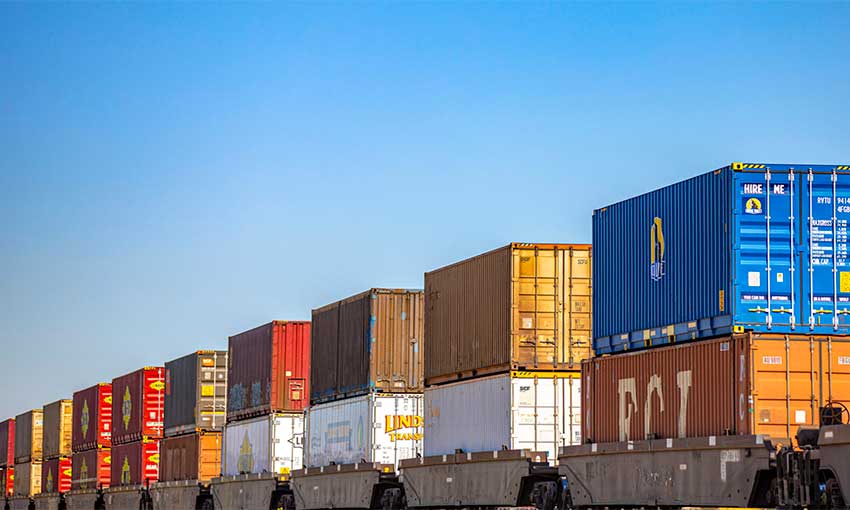INLAND Rail has published its fifth annual sustainability report. It outlines the positive social, environmental and economic outcomes generated by Inland Rail and its project delivery partners in 2022-23.
The report details the Inland Rail sustainability priorities, achievements and how it strives to create a sustainable asset beyond regulatory requirements.
The Inland Rail Sustainability Strategy objectives and targets are reviewed annually as part of the commitment to continuous improvement and to address evolving industry benchmarks and community expectations.
Seven strategy objectives including, leadership and awareness, governance, community and economy, environment and heritage, resource use, sustainable procurement and future operations, demonstrate Inland Rail’s holistic approach to sustainability.
The report says Inland Rail has continued to minimise impacts and generate benefits through a wide range of environmental, social, cultural, and economic initiatives.
It says every opportunity has been taken to cut energy use including the solar powered signalling system installed on the Narrabri to North Star section and approval of another 82 solar signalling sites across Queensland and New South Wales.
Once operational, these systems are estimated to avoid more than 570 tonnes of carbon emissions every year, according to Inland Rail.
In 2023, the Stockinbingal to Parkes project received an “excellent” design rating from the Infrastructure Sustainability Council for demonstrating the project’s ongoing commitment to sustainability, innovation, and industry leadership.
Inland Rail health, safety and engagement director Stephen Jones said: “Those of us working on Inland Rail have always recognised our responsibility to design and deliver this significant freight infrastructure program as sustainably as possible.
“Striking the right balance between cost, schedule, design, and benefits – both immediate and future – remains a challenge but also creates exciting opportunities to think and act differently.”





